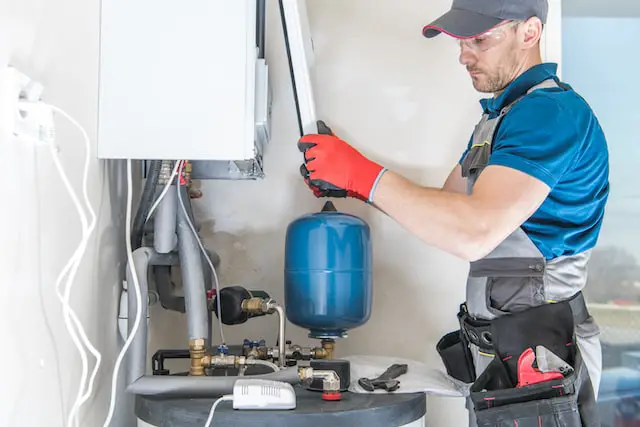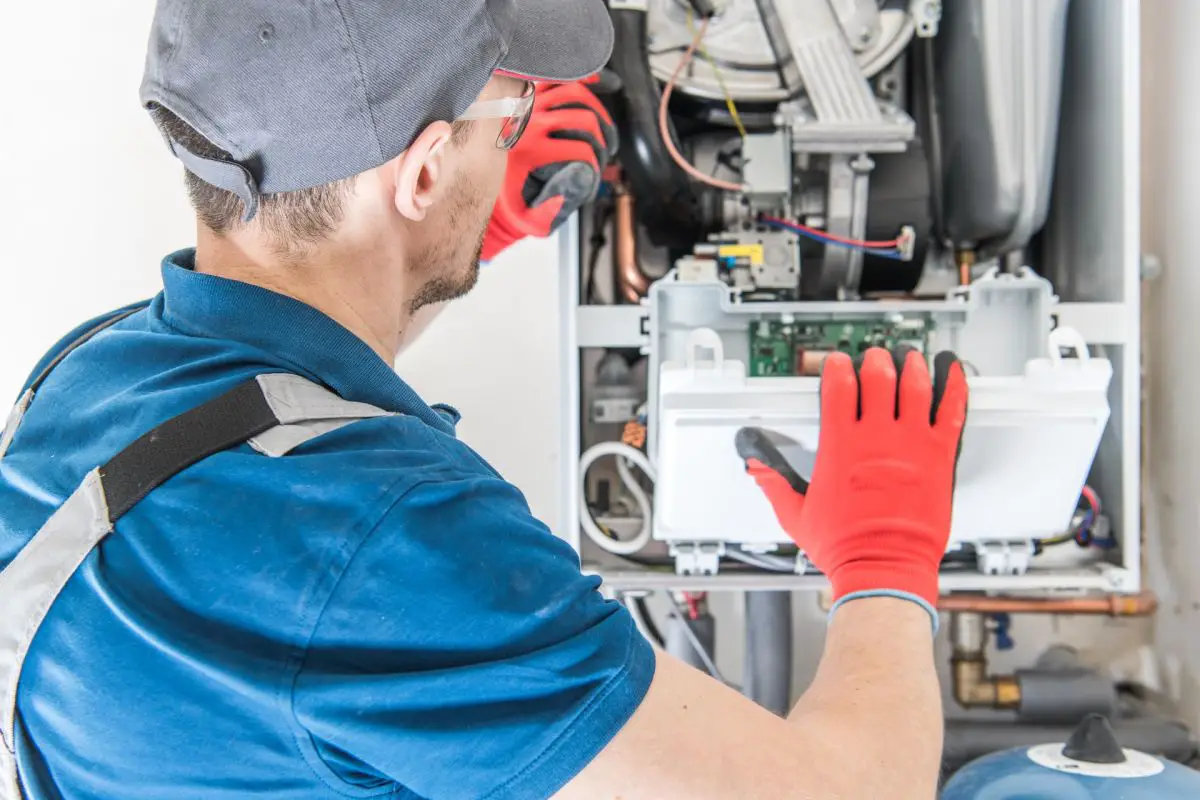Hey there, Michigan homeowners! Today, we will talk about furnace filter types and how to choose the best one for your home. In particular, we’ll be discussing the options cited by DTE and Consumers Energy, two of the largest energy companies in the state.
What We Will Cover
Choose The Right Filter For Your Home

When it comes to selecting a furnace filter, you want to make sure it’s capable of removing airborne contaminants and debris while still providing you with the necessary air quality and energy efficiency. This is crucial for maintaining your family’s health, improving comfort levels in your home, and saving money on bills due to increased efficiency.
With so many options available, it can be challenging to pick just one. DTE and Consumers Power highlights for sale many other sizes and types of air filters, such as the MERV 11 furnace filter. To help you make the right choice for you and your family, here’s what to look for:
Size Matters Among Furnace Air Filter Types
Different furnace filters come in different sizes and shapes. It’s important to select a size that is compatible with your existing HVAC system and easily fits into the space provided. Make sure you measure before you buy, as an incorrectly sized filter will not work properly and can cause problems for your system.
Look at the size of the existing filter in place in your furnace or AC unit and look for an exact match.
Choose Among Various Furnace Filter Types
There are several furnace filter types commonly used in Michigan homes. These include:
- Fiberglass Filters: These are the most basic and least expensive type of furnace filter. They are made from layered fiberglass fibers and are designed to capture larger particles like dust and debris. However, they are ineffective at capturing smaller particles like pollen or pet dander.
- Pleated Filters: These filters are made up of multiple layers of material that are pleated to increase the surface area available for capturing particles. They are more effective than fiberglass filters and can capture smaller particles like pollen and pet dander.
- Electrostatic Filters: These filters use an electrostatic charge to attract and capture particles. They can be either washable or disposable and effectively capture a wide range of particle sizes.
- HEPA Filters: HEPA (High-Efficiency Particulate Air) filters are the most effective type of furnace filter. They are capable of capturing up to 99.97% of particles as small as 0.3 microns in size, including pollen, dust mites, and pet dander. However, they are also the most expensive type of filter and may require modifications to your HVAC system to work properly.
- Activated Carbon Filters: These filters use activated carbon to capture and absorb odors and volatile organic compounds (VOCs) from the air. They are often used in conjunction with other types of filters to provide additional air purification.
- UV Filters: These filters use ultraviolet light to kill bacteria and other microorganisms that may be present in the air. They are often used in conjunction with other types of filters to provide additional air purification.
Pleated filters provide better filtration because they contain multiple layers of material that trap more particles than a single-layer filter, such as fiberglass. They are also more efficient at trapping particles because they have a larger surface area than a single-layer filter. Pleated filters will need to be replaced more often than fiberglass since they collect and hold onto more dirt and dust.
Fiberglass filters are less expensive than pleated filters and generally last about one month before they need to be replaced. They are also less effective at filtering out pollen, dust mites, and other allergens than pleated filters.
The type of filter you choose will depend on your needs and the level of air filtration you require. DTE and Consumers Power both cite pleated and fiberglass filters, so you can choose the one that works best for you. It’s important to consider factors like the size of your HVAC system, the level of air filtration you require, and your budget when selecting the right filter for your home.
Choose the Right MERV Rating
MERV stands for Minimum Efficiency Reporting Value and is used to measure a furnace filter’s ability to remove particles from the air. The higher the rating, the better; however, you should select an appropriate MERV number based on your specific needs. Choose one that is too powerful, and it may restrict air flow, leading to decreased efficiency.
DTE and Consumers Power recommend filters with different MERV ratings, so you can select the one that meets your needs without sacrificing efficiency.
Look For Quality Construction Among Furnace Filter Types
A furnace filter should be built with quality materials that will stand up to the wear and tear of daily use. Look for thick pleats and sturdy frames that won’t break down easily or become clogged with dust and debris. Additionally, ensure the filter you select is designed for your specific HVAC system, as that will help it last longer and provide better performance.
Video: HVAC Filters Types
Final Thoughts On Furnace Filter Types
When choosing a furnace filter for your Michigan home, it’s important to consider the size, type, MERV rating, and quality of construction. DTE and Consumers Power recommend various options, so you can select the one that’s right for you. Doing so will ensure optimal performance while keeping your family safe from contamination in the air. With the right information, you can make an informed decision when selecting a filter for your home.




